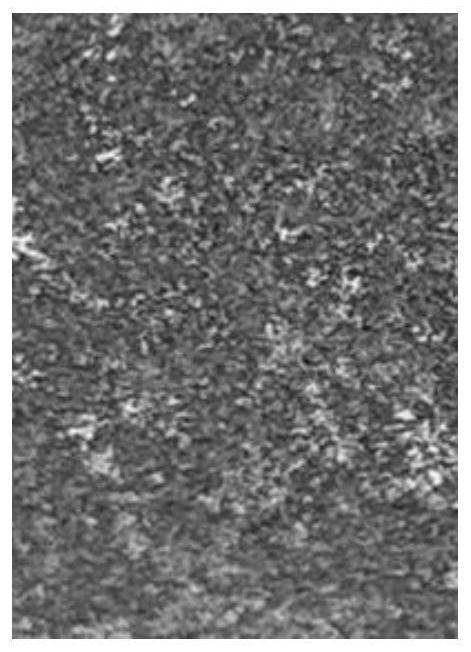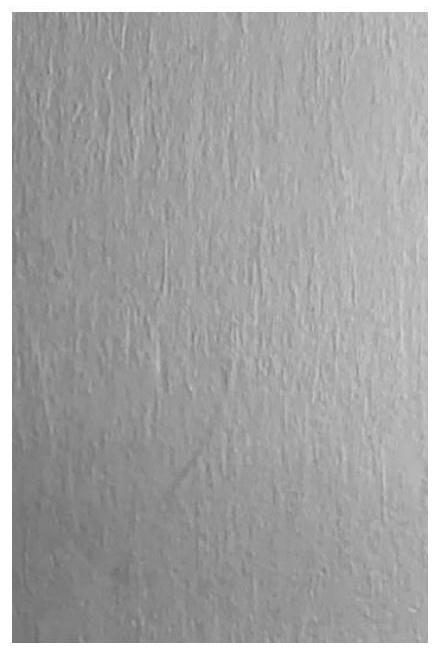Titanium alloy surface chemical coarsening method
A chemical roughening and titanium alloy technology, which is applied in the field of metal surface treatment, can solve the problems of unusable and only applicable processing methods, and achieve the effects of increased hydrogen content, simple operation, and improved bonding strength
- Summary
- Abstract
- Description
- Claims
- Application Information
AI Technical Summary
Problems solved by technology
Method used
Image
Examples
Embodiment
[0035] The process parameters of Examples 1 to 5 are shown in Table 1. The wetting agent used in Examples 1 to 5 consists of carboxylic acid-based anionic fluorocarbon surfactant FSA, nonionic surfactant AEO and dodecyldimethylamine It is compounded with hydantoin BS-12, carboxylic anionic fluorocarbon surfactant FSA belongs to fluorocarbon surfactant, nonionic surfactant AEO belongs to fatty alcohol polyoxyethylene ether; BS-12 belongs to sugar beet Alkaline surfactants. Oxidant and corrosive agent all adopt H respectively in embodiment 1~3 2 o 2 and ammonium fluoride, oxidant and corrosive agent adopt nitrate and ammonium bifluoride respectively in embodiment 4, oxidant and corrosive agent adopt HNO respectively in embodiment 5 3 and hydrofluoric acid. The surface roughness of the titanium alloy after treatment is shown in Table 2, and the photo of the surface topography is shown in Figure 4-8 . The surface roughness is tested by Mitutoyo SURFTEST SJ410 testing equipme...
PUM
 Login to View More
Login to View More Abstract
Description
Claims
Application Information
 Login to View More
Login to View More - R&D
- Intellectual Property
- Life Sciences
- Materials
- Tech Scout
- Unparalleled Data Quality
- Higher Quality Content
- 60% Fewer Hallucinations
Browse by: Latest US Patents, China's latest patents, Technical Efficacy Thesaurus, Application Domain, Technology Topic, Popular Technical Reports.
© 2025 PatSnap. All rights reserved.Legal|Privacy policy|Modern Slavery Act Transparency Statement|Sitemap|About US| Contact US: help@patsnap.com



